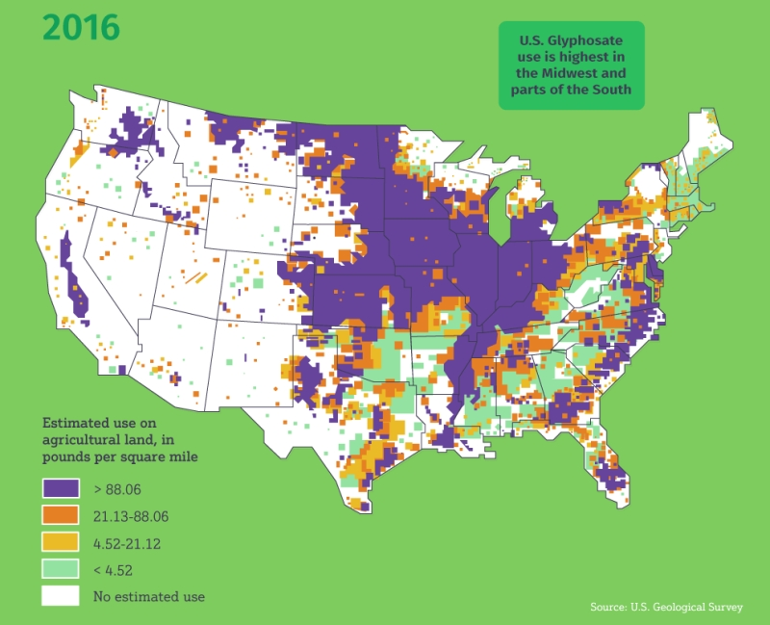I live in the Red River Valley - a neurodegenerative disease hot spot. This isn't where I was poisoned, it's where we landed after I got sick. I had to be transferred by ambulance to a different hospital system in May - there are specially trained teams for patients with ALS due to respiratory failure. I'm glad they're available, but this is an anomaly that doesn't exist in the Twin Cities metro area.
Parkinson's is twice as likely to strike whites and Hispanics as blacks and Asians. These are the populations most heavily involved in commercial agriculture. Parkinson's is more common in the Midwest and the Northeast, these are the two regions of the country most involved in metal processing and agriculture, and chemicals used in these fields are the strongest potential environmental risk factors for Parkinson's disease identified so far.
Genetic factors explain only a small percent of cases. Environmental factors are likely more common contributors and may include prolonged exposures to herbicides and insecticides used in farming or to metals such as copper, manganese and lead.
medicalxpress.com/news/2010...
People who have been exposed to low levels of pesticides were found to be 1.13 times as likely to have Parkinson's disease compared with those who had never been exposed. Those who had been exposed to high levels of pesticides were 1.41 times as likely to be affected. medicalxpress.com/news/2007...
In the case of Parkinson’s, over 1.5 million people in the US are living with the disease. Men are at greater risk than women (3:2). 60,000 cases are diagnosed each year, and this number does not reflect the thousands of cases that go undetected. The majority of cases occur between the ages of 50-79, with 10% of cases occurring before the age of 40.
The prevalence of Parkinson's disease is rising in younger adults. In 2013 the prevalence rate of PD per 100,000 adults ages 30-64 was 5.5. In 2017 the prevalence rate rose to 8.4 - that's a 53% increase in 4 years. When you narrow the adult age to between 30-50 (early-onset) the prevalence rate goes from 1.21 in 2013 to 2.5 in 2017. This is a 107% increase in Parkinson's disease and it's occurring in increasingly younger ages.
